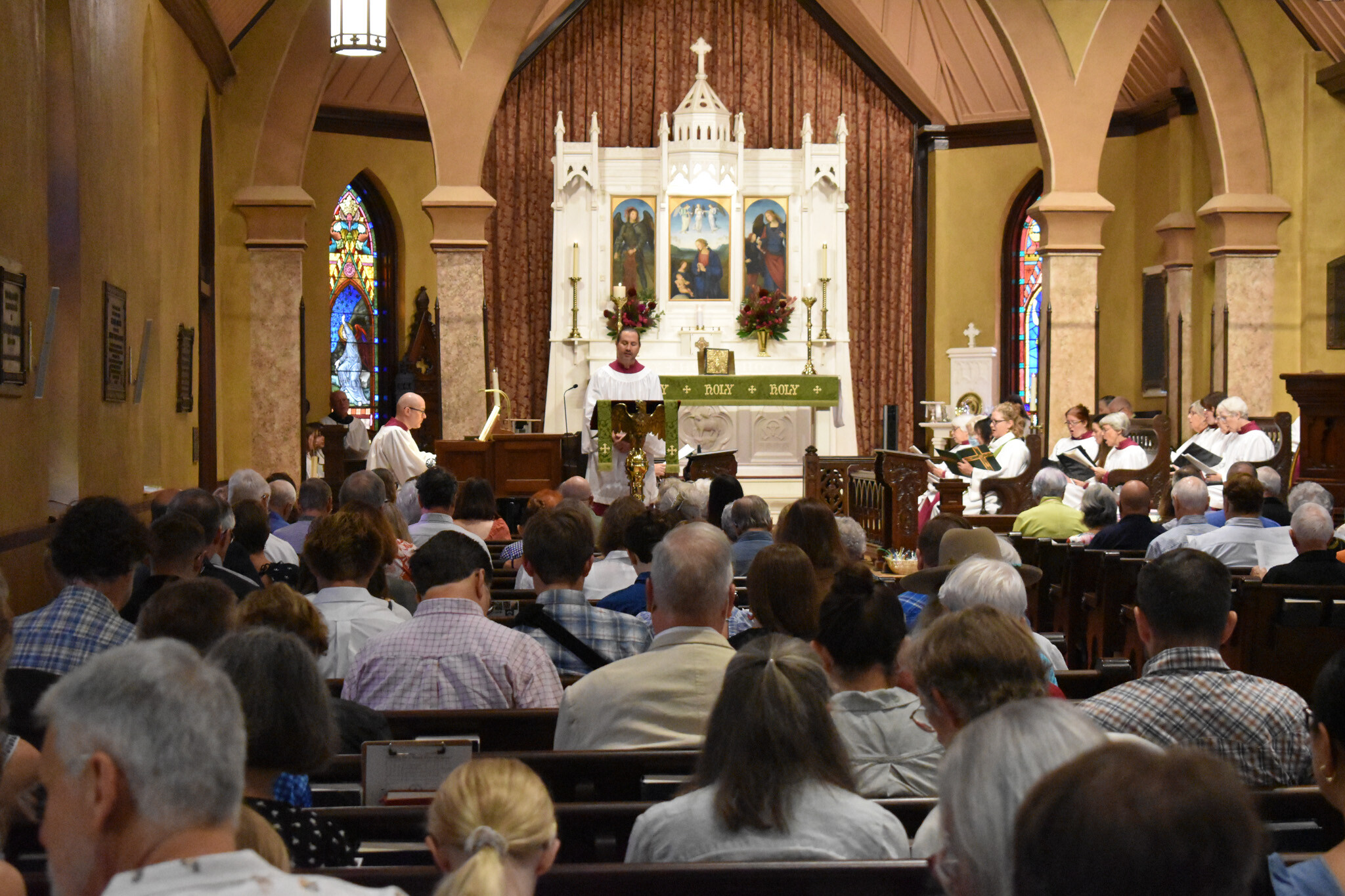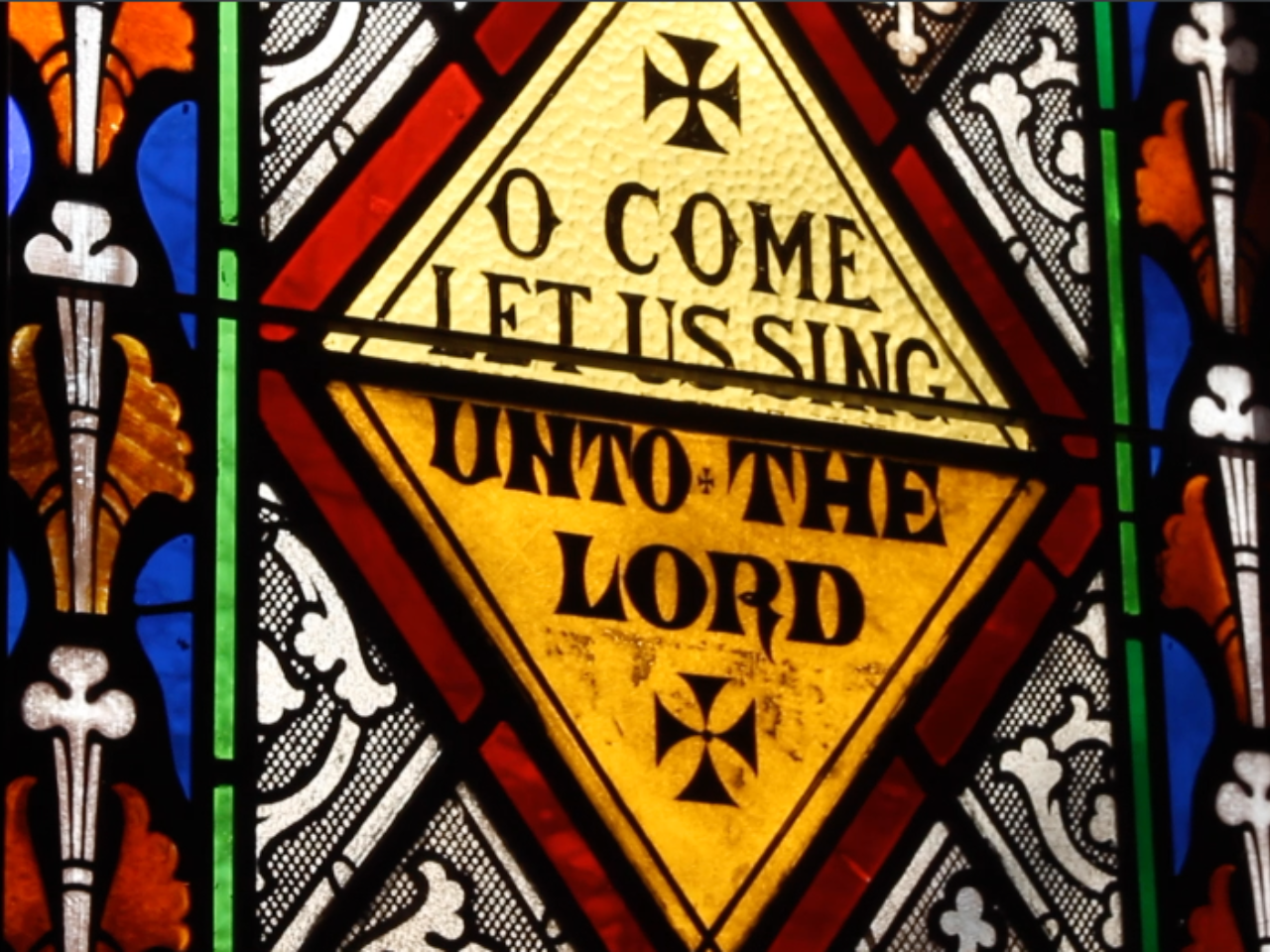
A parable often associated with Advent but also read this Sunday provides the occasion for singing and hearing two great hymns on the Second Coming of Christ.
The parable of the faithful and wise slaves is found in Luke 12.35–48, part of which is read this Sunday, and Matthew 24.42–51, part of which is read on the First Sunday of Advent in Year A. In Luke’s Gospel it forms part of a series of teachings regarding the qualities required of those who follow Christ: radical care for the radically other; undistracted focus on the presence of Christ; persistence in prayer; richness toward God and neighbor rather than earthly goods; humility; vigilance.
The slaves in the parable, ‘dressed for action’ and with ‘lamps lit’, stay awake and alert for the return of their master from a wedding banquet, and are rewarded by being treated like members of the family, invited to sit and be served by the master. Parables are notoriously resistant to single or simple explanations, but at least the obvious implication of this one, explained in the following parable of the thief, is that Christ is coming and we are to be ready to greet him – at the end of all things, yes, but also in any and every moment of our present lives, in our hearts and in those around us. Other parables involving wedding banquets – stand-ins for the Kingdom of God both here and hereafter – teach not only that we should keep watch for the heavenly Bridegroom, but also that we should accept the invitation, don the festive garment offered us, join in the festivities in progress all around us, and be humble about our place at table.
Two fine and familiar hymns are based not on the present parable, but on the better-known Parable of the Bridesmaids, which follows it in Matthew’s Gospel (25.1–13). ‘Rejoice! rejoice, believers’ (Ermuntert euch, ihr Frommen [68]), dating from 1700, is the work of Laurentius Laurenti, a leading hymnist of the Pietist movement; the English translation was made by Sarah Borthwick Findlater and published in Edinburgh in 1853. The hymn specifically connects the parable to the present singing congregation, calling upon us to rejoice, to have our lamps lit and fuelled, to look for, and rise up at, the arrival of the Bridegroom. We then reply with a plea for the coming of Christ, for ‘the day of earth’s redemption’, to ‘ever be with thee’.
The other hymn in question is one of the finest ever written: ‘“Sleepers, wake!” A voice astounds us’ (‘Wachet auf!’ ruft uns die Stimme [61, in Bach’s arrangement from his cantata upon this hymn; 62, in its original melodic form]). Both text and tune were written by Philipp Nicolai, a Lutheran pastor, during a plague in 1597–98. The text – successfully so, too, in the translation by Episcopal priest-poet Carl Daw, and aided by its melody beginning with two rising figures like a trumpet call – vividly portrays a city abuzz with excitement at the coming of the Bridegroom. Bach’s cantata is a justly famous setting of and commentary on this great hymn; the movement setting the middle stanza of the hymn was arranged for organ to form one of the most famous pieces for that instrument. In this arrangement the violin line of the original is played in the right hand, the bass line in the pedal, and the hymn-tune, sung by the tenors of the choir in the original, in the left hand. This remarkable piece, unlike many settings of hymn-tunes, practically ignores the tune’s phrase structure, such that the tune seems to fit in only incidentally to Bach’s music (though of course it actually does so very carefully).
We also hear an infectiously joyful solo motet setting of ‘Sleepers, wake!’ by Franz Tunder, who preceded Dieterich Buxtehude at St Mary’s Church in Lübeck in the mid-17th century and established some of the first free, public concerts known anywhere. Tunder certainly hears the opening motif as a trumpet call, and repeats and elaborates it in an extended section in triple meter: over and over we hear ‘Rise up! rise up!’ (‘Steht auf! Steht auf!’), and the praise-song of the faithful: Alleluia!




Login To Leave Comment